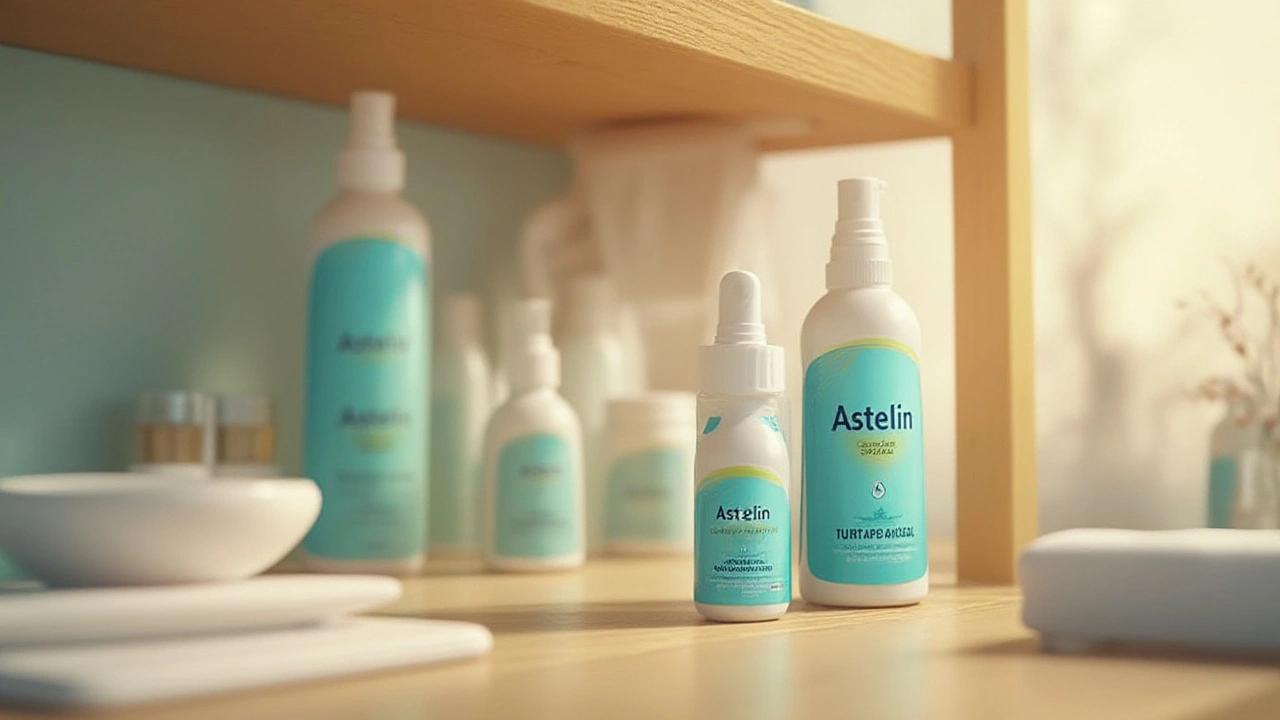Nasal Spray: Choose the Right One for Allergies, Congestion, and Sinus Care
Most people reach for a nasal spray when the nose won't cooperate. But sprays are very different. Some calm inflammation, some wash your nose, and some shrink swollen blood vessels. Pick the wrong type and you might waste money or make symptoms worse. Here's how to tell them apart and use them safely.
Types and when to use them
Saline sprays simply rinse mucus and allergens. Use saline any time for mild congestion, and after blowing your nose to reduce irritation.
Nasal steroid sprays like Flonase or Nasacort reduce inflammation and work best for allergy symptoms. They take a few days to reach full effect, so start early in the season or use daily during flare ups.
Nasal antihistamine sprays relieve itching, sneezing, and runny nose fast. They can help when allergies act up suddenly.
Decongestant sprays such as oxymetazoline provide quick relief by shrinking blood vessels. They work fast but use for no more than three days to avoid rebound congestion.
Prescription sprays combine medicines or target specific problems, like steroid plus antihistamine formulas. Your doctor can advise when a prescription option makes sense.
Safe use and smart buying tips
Always read the label. Follow dosing exactly and note age limits. For kids, check pediatric products or ask a pharmacist.
For chronic nasal problems, nasal steroids are usually safer than long-term decongestants. If you rely on a decongestant spray for more than a few days, talk to your doctor.
Watch for common side effects: nasal dryness, mild nosebleeds, or irritation. If you get severe pain, high fever, or heavy bleeding, seek medical help.
When buying, compare active ingredient and strength, not just brand. Generic steroid sprays are often as effective as brand names and cost less.
Use trusted pharmacies and read reviews when ordering online. Look for clear contact info, licensed pharmacist access, and secure checkout. Coupons and discount codes can save money, and buying a larger bottle sometimes costs less per dose.
How to spray properly: shake if instructed, tilt your head slightly forward, and point the nozzle toward the outer wall of the nostril, not straight up. Breathe gently through the nose while spraying and repeat for the other side. Clean the tip after use and replace caps.
Quick checklist: choose saline for daily rinses, steroid sprays for ongoing allergies, antihistamine sprays for sudden symptoms, and decongestants for short-term relief. Ask a pharmacist if you're unsure, and seek medical advice for recurring or severe problems.
Pregnancy and breastfeeding bring extra rules. Some sprays are safe, others need a doctor's OK. Tell your provider about all medicines you take, including pills and inhalers. If you have high blood pressure, diabetes, or heart disease, check before using decongestant sprays. Store sprays at room temperature, keep them capped, and don't share them. Toss expired bottles; old sprays can be contaminated. For travel, carry a small saline bottle to ease changes in humidity and pressure. Ask before trying new.
